The Lenovo Legion Y90, released this spring, is a flagship phone that squarely targets gamers. It’s got the newest and fastest Snapdragon chipset (the 8 Gen 1), a 6.97-inch AMOLED display that refreshes at up to 144Hz, two cooling fans and four gaming triggers. On the audio front, it has two speakers and Dolby Atmos.
We put the Lenovo Legion Y90 through our rigorous DXOMARK Audio test suite to measure its performance both at recording sound using its built-in microphones, and at playing audio back through its speakers.
In this review, we will break down how it fared in a variety of tests and several common use cases.
Overview
Key audio specifications include:
- Two speakers, one bottom and one top, both front-firing
- No audio jack
- four noise-canceling microphones
- Dolby Atmos
Scoring
Sub-scores and attributes included in the calculations of the global score.
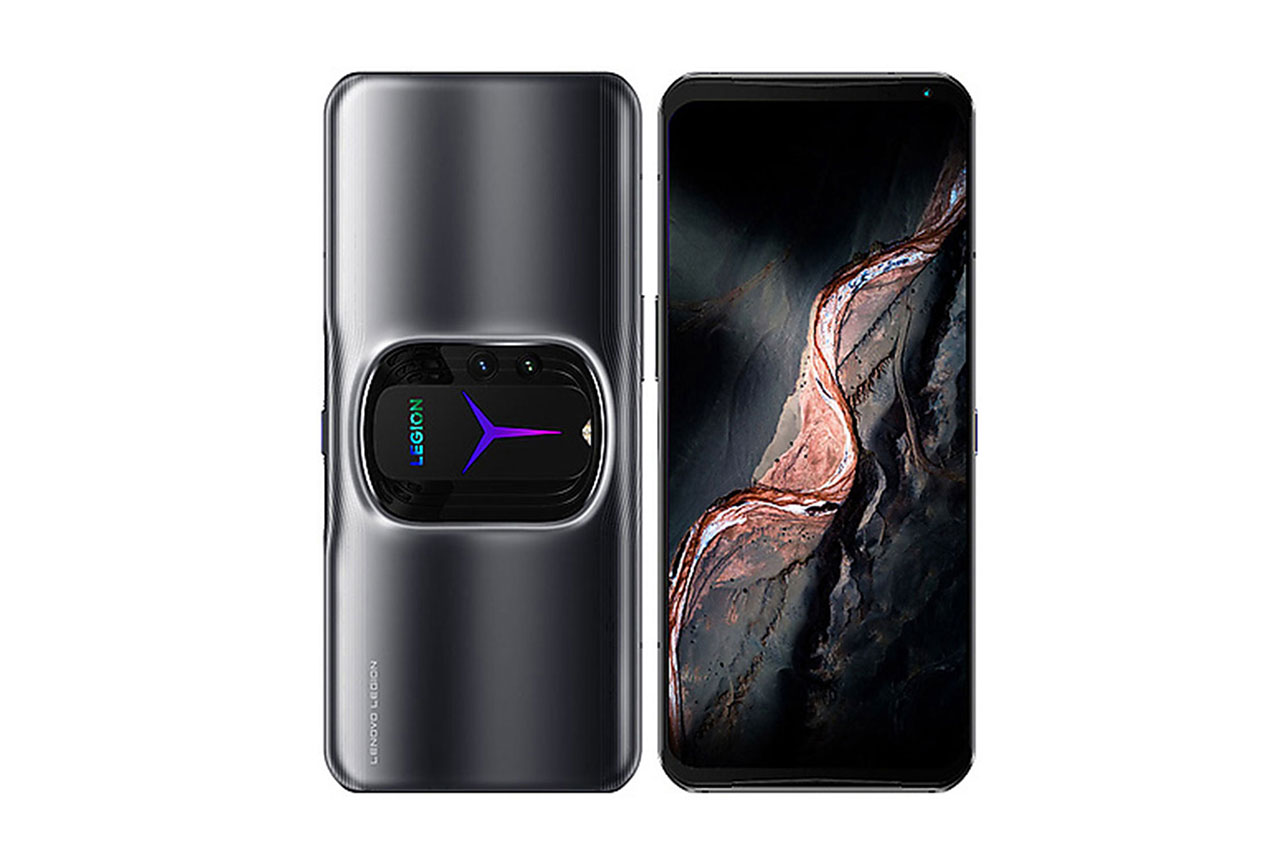
Lenovo Legion Y90


 54th
54th 15th
15thPlayback
Recording
Pros
- Good tonal balance in all use cases.
- Good wideness and localizability in life video and memo.
Cons
- Mono recordings in selfie video.
The Lenovo Legion Y90 performed very well in our audio testing. Among devices at this price point (about 600 euros), it earned one of the best scores yet in our database, with a 76 that lands it alongside the iPhone 13 Pro Max, which costs hundreds more. Impressive indeed.
In playback, the Y90 stands out by delivering a strong bass rendition — a rarity among smartphones. Its tonal balance, while good in general, has a few flaws that if remedied in a future edition could bring up the score even higher. The Lenovo device performed well in dynamics, with very good punch and a solid attack. In the spatial attribute, the Y90 did not deliver very good wideness, especially when playing music.
As a recording device, the Y90 captures high-quality audio in many different scenarios and displays few notable flaws. The tonal balance it produces is good, even when recording in very loud environments, like an electronic music concert. It renders voices naturally and clearly. The device records in mono in selfie video, which was one notable drawback.
Test summary
About DXOMARK Audio tests: For scoring and analysis in our smartphone audio reviews, DXOMARK engineers perform a variety of objective tests and undertake more than 20 hours of perceptual evaluation under controlled lab conditions.
(For more details about our Playback protocol, click here; for more details about our Recording protocol, click here.)
The following section gathers key elements of our exhaustive tests and analyses performed in DXOMARK laboratories. Detailed performance evaluations under the form of reports are available upon request. Do not hesitate to contact us.
Playback
Lenovo Legion Y90
163
DXOMARK engineers test playback through the smartphone speakers, whose performance is evaluated in our labs and in real-life conditions, using default apps and settings.
Listen to the tested smartphone’s playback performance in this comparison with some of its competitors:
Here is how the Lenovo Legion Y90 performs in playback use cases compared to its competitors:

Timbre
Lenovo Legion Y90
158
The Timbre score represents how well a phone reproduces sound across the audible tonal range and takes into account bass, midrange, treble, tonal balance, and volume dependency. It is the most important attribute for playback.
The Lenovo Legion Y90 has all the elements to have a rich, well-balanced timbre, including a surprisingly evident bass, which is unusual among smartphones. But a few key flaws prevent it from reaching its full potential in this attribute. One issue is a lack of high-end extension. Treble sounds slightly muffled and resonant. Midrange is even more resonant, lacking body, and it’s very inconsistent. With some audio content, low-mids are very exaggerated. While lacking some low-end extension, the bass produced by the Y90 is very present, clear, and faithful. Overall, the tonal balance is good, largely thanks to that strong low-end. Another strong point here is that even at maximum volume, the overall timbre stays true — only that harsh treble gets more pronounced. For gamers who like their sound effects loud, this is a real plus.

Dynamics
Lenovo Legion Y90
149
The Dynamics score measures the accuracy of changes in the energy level of sound sources, for example how precisely a bass note is reproduced or the impact sound from drums.
Overall the Lenovo Legion Y90 performs well in dynamics, with correct attack and very good punch. Bass precision is average — the sustain is slightly lacking and the upper register of the bass is affected negatively by distortion. The performance here shows the Y90 to be well suited for urban music, where drums are particularly well-rendered.
More low-end extension would help in this attribute. At nominal volume, attack and overall transients come through well .At maximum volume, the bass is heavily impaired by compression, and its release is unrealistic and inconsistent. Punch remains good at max volume.
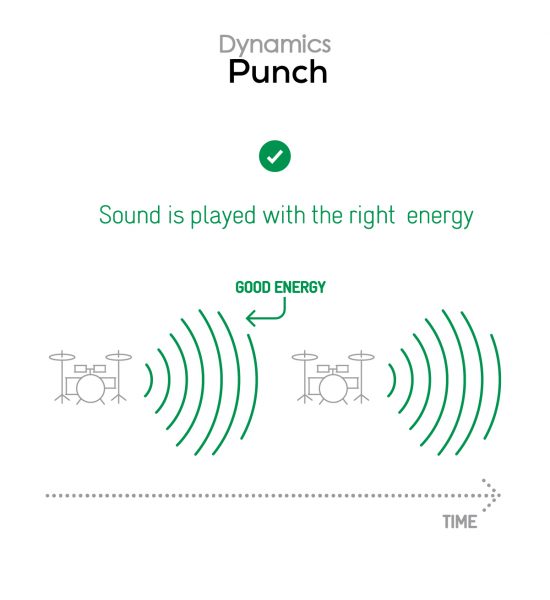


Spatial
Lenovo Legion Y90
162
The sub-attributes for spatial tests include pinpointing a specific sound's location, its positional balance, distance, and wideness.
The Y90 earned a slightly better-than average score in the spatial attribute. Despite a disappointing lack of wideness, localizability is good, and it’s easy to pinpoint the exact position of different elements.
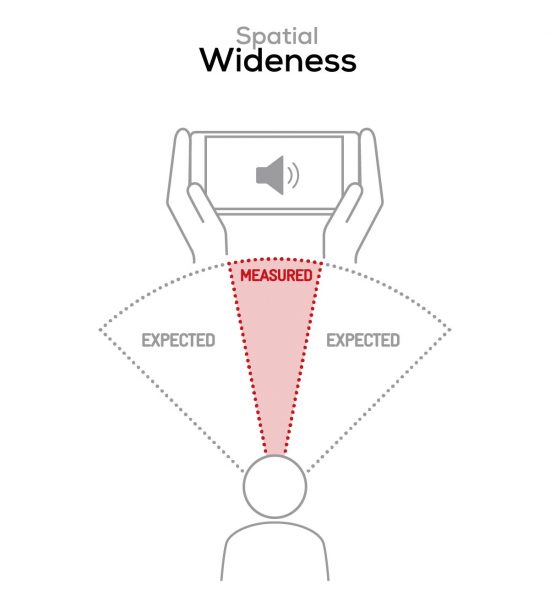

Distance rendering is great, with voices very close to the screen position. The middle is well centered. The lack of wideness is especially nettlesome when listening to music, where the wideness doesn’t even match the physical dimensions of the device, but it does perform slightly better when it’s being used to watch movies.

Volume
Lenovo Legion Y90
162
The Volume score represents the overall loudness of a smartphone and how smoothly volume increases and decreases based on user input.
The Lenovo Legion Y90 scores well in the volume attribute, despite a minimum volume step that is a bit too quiet and tends to bury some content. Maximum volume is good.
Here are a few sound pressure levels (SPL) measured when playing our sample recordings of hip-hop and classical music at maximum volume:
| Hip-Hop | Classical | |
| Lenovo Legion Y90 | 76.5 dBA | 69.9 dBA |
| Apple iPhone 13 Pro Max | 72.5 dBA | 69.5 dBA |
| Asus ROG Phone 5 | 74.4 dBA | 71.2 dBA |

Artifacts
Lenovo Legion Y90
157
The Artifacts score measures the extent to which the sound is affected by various types of distortion. The higher the score, the less the disturbances in the sound are noticeable. Distortion can occur because of sound processing in the device and because of the quality of the speakers.
The Lenovo Legion Y90 is among the top scorers in our database in this attribute. That said, some low-end elements generate distortion, and some hissing noise is observable on top of vocal content.
Recording
Lenovo Legion Y90
160
DXOMARK engineers test recording by evaluating the recorded files on reference audio equipment. Those recordings are done in our labs and in real-life conditions, using default apps and settings.
Here is how the Lenovo Legion Y90 performs in recording use cases compared to its competitors:

Timbre
Lenovo Legion Y90
147
The Timbre score represents how well a phone captures sounds across the audible tonal range and takes into account bass, midrange, treble, and tonal balance. It is the most important attribute for recording.
As a recording device, the Lenovo Legend Y90 produces a good tonal balance across use cases. In life video and selfie video, the trebles are well-rendered, despite a slight lack of high-end extension that would have delivered some brightness and precision. The midrange is more focused on high mids and could benefit from more low-mid warmth, but overall it’s not unpleasant. In general, voices sound natural. In the high Sound Pressure Level use case (an electronic music concert), the tonal balance remains satisfying, although more deep low-end (sub) would have made it even better.

Dynamics
Lenovo Legion Y90
146
The Dynamics score measures the accuracy of changes in the energy level of sound sources, for example how precisely a voice's plosives (the p's, t's and k's, for example) are reproduced. The score also considers the Signal-to-Noise Ratio (SNR), for example how loud the main voice is compared to the background noise.
The Y90 performs well in recording dynamics, capturing a sharp envelope that allows a perfect understanding of voices and sharp plosives. In life video and selfie video, the signal-to-noise ratio (SNR) is correct, but the background could be more attenuated. In the high SPL use case, the restitution of transients is good.
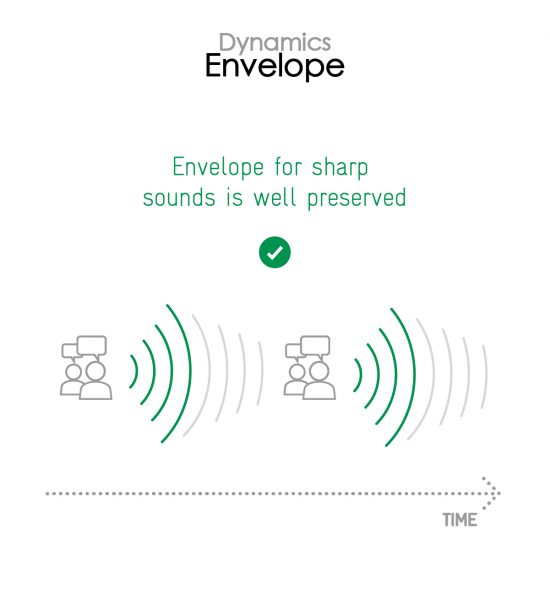
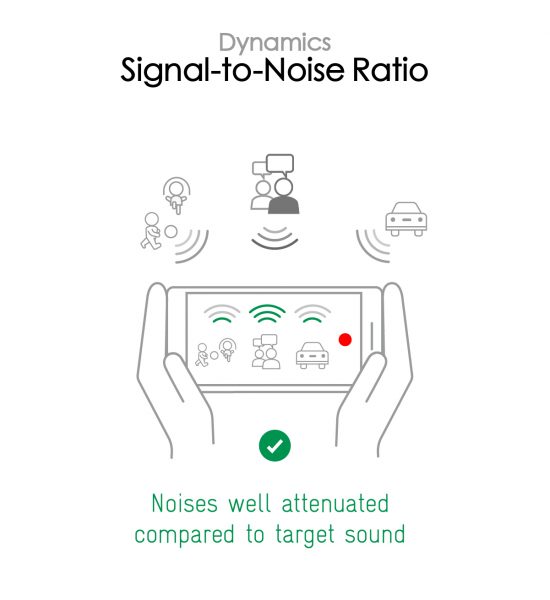

Spatial
Lenovo Legion Y90
159
The sub-attributes for spatial tests include pinpointing a specific sound's location, its positional balance, distance, and wideness on the recorded audio files.
The Lenovo device is in average territory in the spatial attribute. The wideness and localizability are good when using the life video and memo apps. Selfie video, however, records in mono, impairing localizability. Distance restitution is realistic thanks to consistent mids.

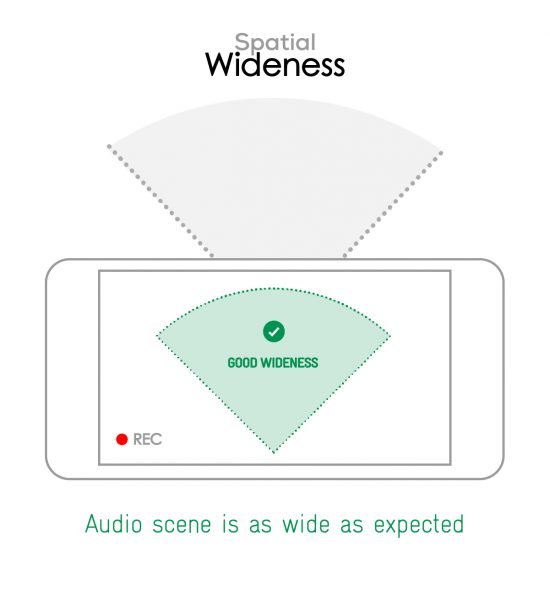

Volume
Lenovo Legion Y90
170
The Volume score represents how loud audio is normalized on the recorded files and the how the device handles loud environments, such as electronic concerts, when recording.
The recording loudness was good across all use cases.
Here are the sound levels recorded in the audio and video files, measured in LUFS (Loudness Unit Full Scale); as a reference, we expect loudness levels to be above -24 LUFS for recorded content:
| Meeting | Life Video | Selfie Video | Memo | |
| Lenovo Legion Y90 | -28.1 LUFS | -19 LUFS | -18 LUFS | -22.9 LUFS |
| Apple iPhone 13 Pro Max | -25.5 LUFS | -22.7 LUFS | -20.2 LUFS | -18.2 LUFS |
| Asus ROG Phone 5 | -22 LUFS | -21.2 LUFS | -17.9 LUFS | -18.5 LUFS |
The Artifacts score measures the extent to which the recorded sounds are affected by various types of distortions. The higher the score, the less the disturbances in the sound are noticeable. Distortions can occur because of sound processing in the device and the quality of the microphones, as well as user handling, such as how the phone is held.
Recordings produced by the Lenovo Legion Y90 show few artifacts overall. In life and selfie video, there is some slight distortion on shouting voices. Some subtle compression is noticeable when recording in high SPL scenarios, but it isn’t obtrusive.
Listen for artifacts in this extract, which has been recorded in a busy home environment:

Background
Lenovo Legion Y90
166
Background evaluates how natural the various sounds around a voice blend into the video recording file. For example, when recording a speech at an event, the background should not interfere with the main voice, yet it should provide some context of the surroundings.
The background produced by the Lenovo device has good tonal balance. There’s a natural restitution of background, despite a slight lack of trebles.


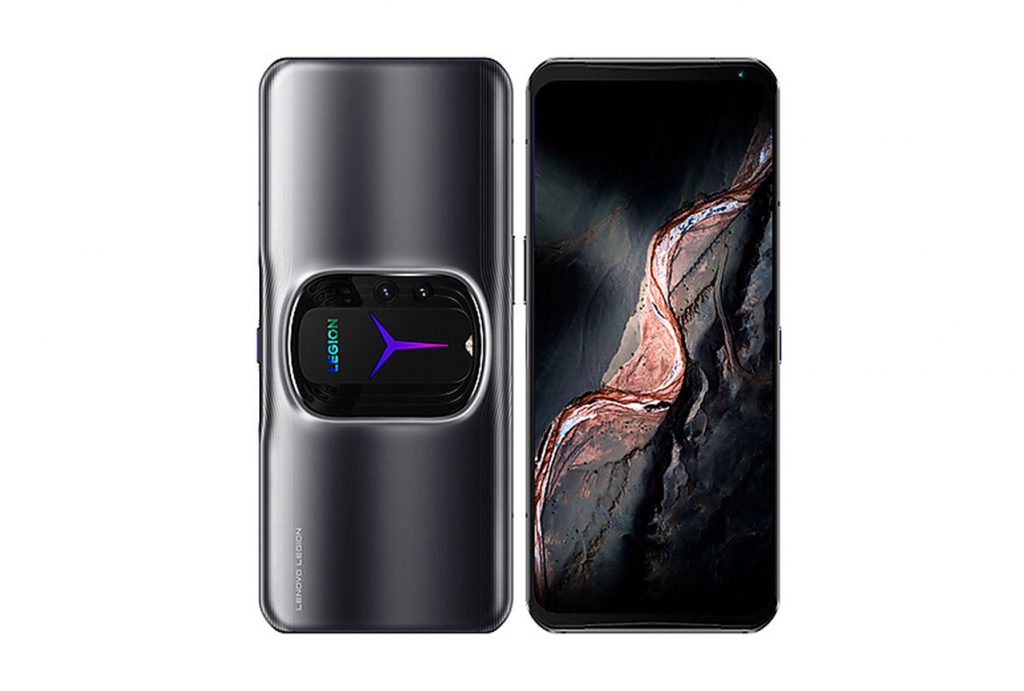

DXOMARK encourages its readers to share comments on the articles. To read or post comments, Disqus cookies are required. Change your Cookies Preferences and read more about our Comment Policy.